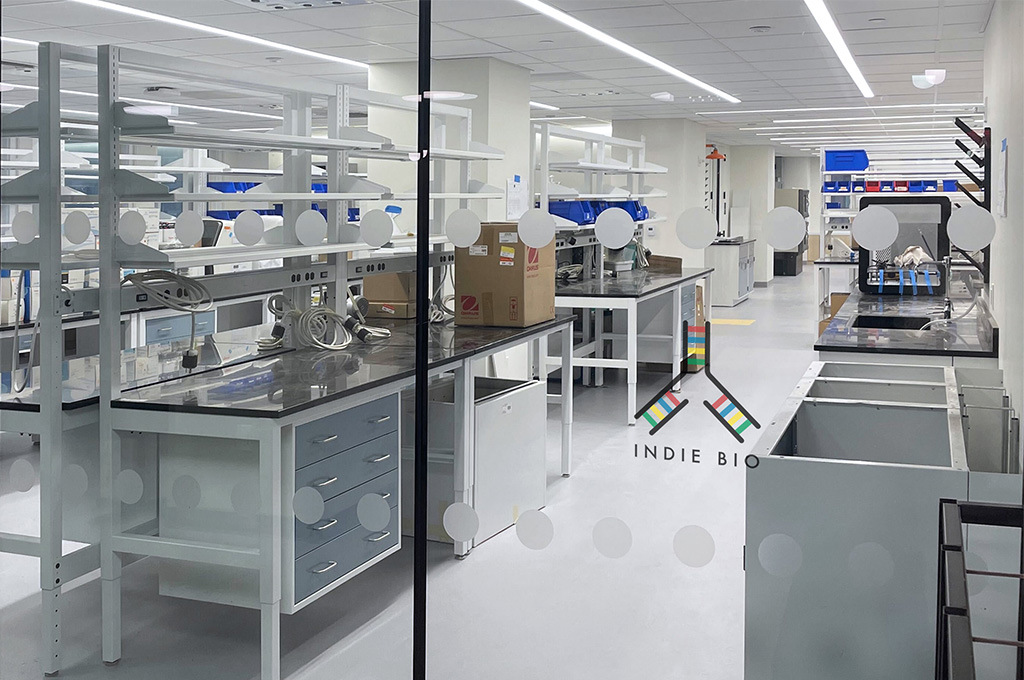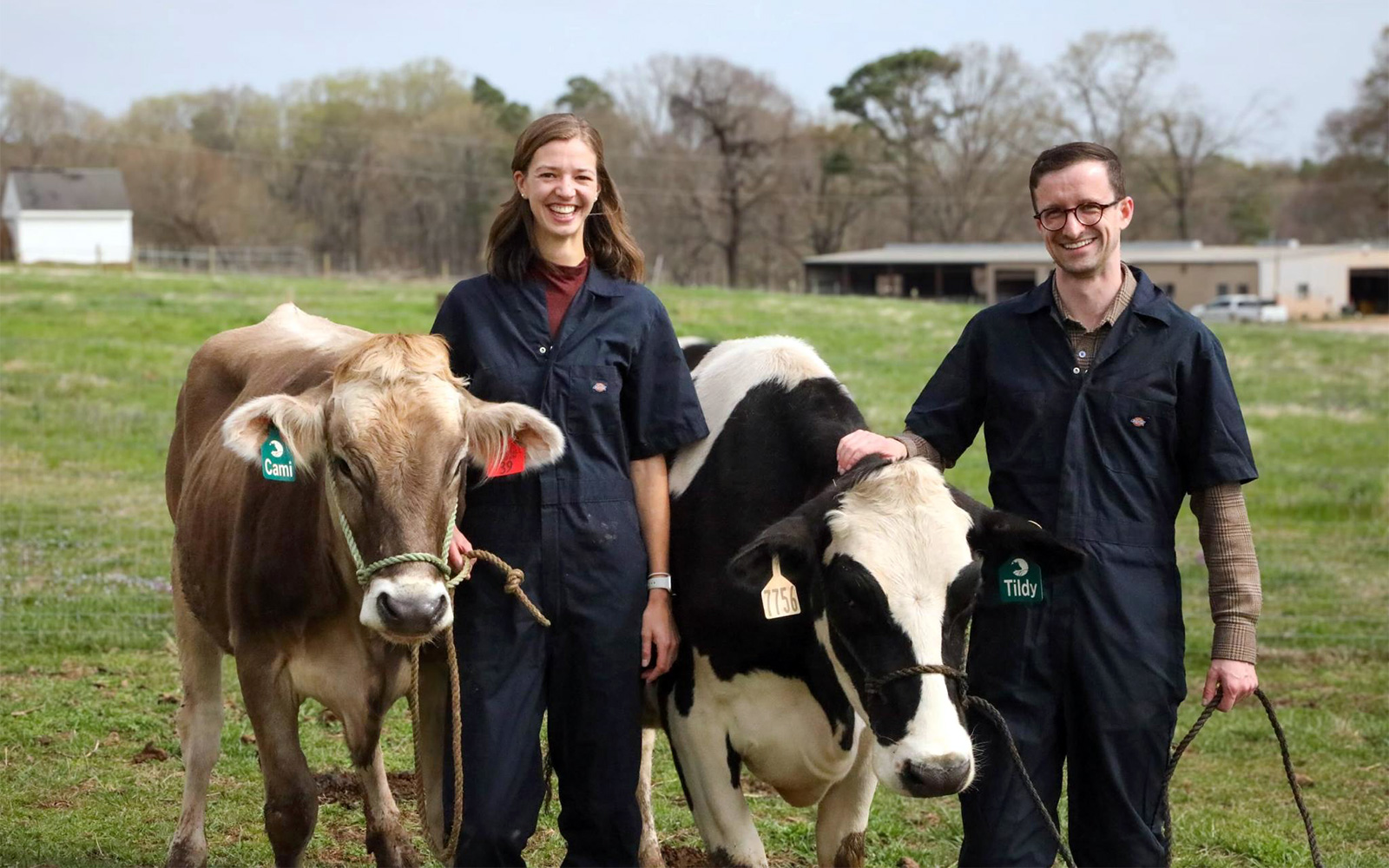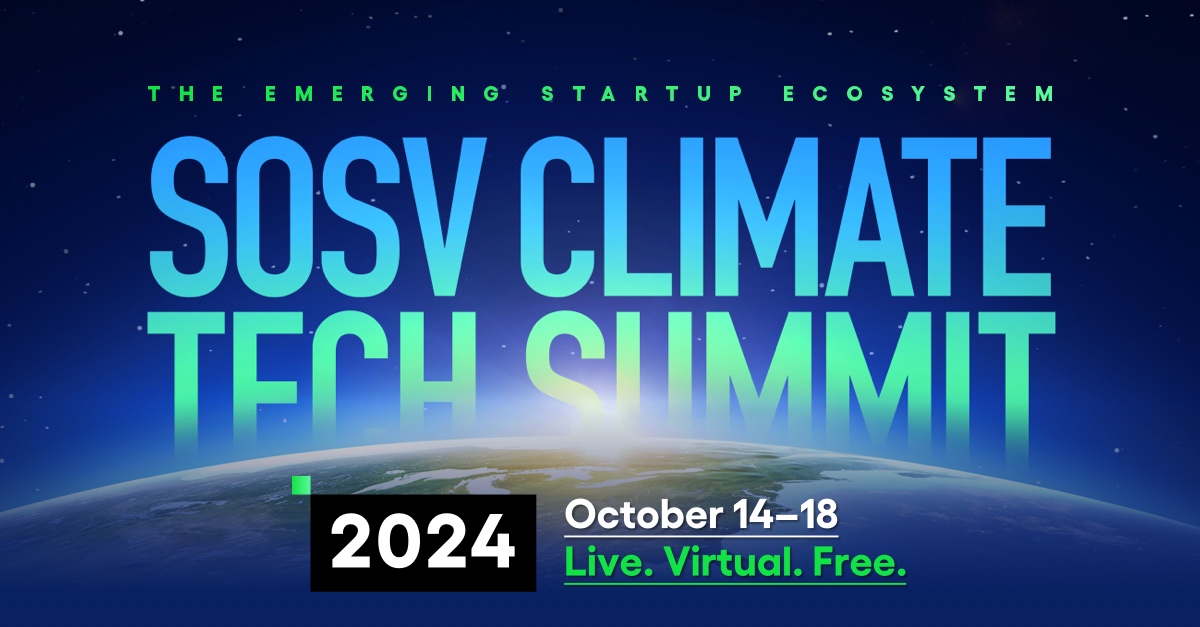
BioFeyn is a company that aims to make farmed fish a truly sustainable practice. We spoke with CEO Timothy Bouley to learn more about how nanotechnology can create better fish.
Watch and read an abbreviated version of the conversation below.
What are the problems with current farmed fish practices?
There are many ingredients used in fish feed; the kind of fish that we eat most frequently are ocean predators, things like salmon. Salmon naturally eat other animals and so salmon feed often includes other fish; the fish in this feed is often caught from the open ocean, depleting wild populations and contributing to overfishing. The FIFO, which is the “fish in, fish out” ratio, for a species like salmon, that can be more than one. By putting more fish into the system than you’re producing, the system is not efficient.
There’s also an incredible amount of waste associated with this process due to the excess nutrients that are dumped into the fish pens, which then goes into the environment. Additionally, a lot of fish die, adding to environmental contamination.
BioFeyn is taking the latest science from human biomedicine and applying to the space of aquaculture, or farmed fish. Our team is unique in that each of us come from the world of human biomedicine—I’m a medical doctor, my cofounder Umberto is a nanotechnologist and our other cofounder Marie-Christine Imbert is a molecular biologist—and we are taking some of these latest technologies and simply applying them to the word of aquaculture, where there’s ample opportunity to scale up these biotechnological developments.
What can you tell us about your Feyn products?
Essentially it’s a capsule, on the nanoscale, that encapsulates existing ingredients, such as nutrients or medicines, that can be used in aquaculture to greatly increase their efficiency and improve overall sustainability in the field. Our Feyns are made of all natural ingredients, all already approved ingredients in this space.
We’re focussing on high-value ingredients that are already in fish food but are delivered very inefficiently. One example is omega-3 fatty acids; everyone knows that these are why we eat fish, to get the omega-3s and gain cardiovascular health and brain health. The problem is that salmon get omega-3 fatty acid by eating other fish. We can encapsulate it and include it in salmon feed, increasing feeding efficiency by an order of magnitude, tenfold. This increase in omega-3s is passed on to a customer that eats BioFeyn-treated fish feed.
We’re looking to encapsulate many different ingredients, part of how we determine what the characteristics of a successful Feyn. Number one, we look for things that are expensive. Number two, ingredients that are marine-derived that have a secondary, more sustainable means of production.
For example, previously omega-3s have come from smaller fish to the salmon, but the natural environmental source of omega-3 fatty acids is in fact algae, and the smaller fish that eat algae pass that up the food chain, eventually reaching salmon. New ingredient companies are farming algae, and these omega-3s can be taken directly from algae and inserted into the fish feed, bypassing the need for wild-caught fish. The problem is that these omega-3s can be very expensive, and our method increases the efficiency tenfold. We can make it cost effective to use an ingredient that benefits fish, farmer, and consumer.
We can make it cost effective to use an ingredient that benefits fish, farmer, and consumer.
How will BioFeyn get its product to the fish?
There are many different ways to address this, one of which is going directly to feed producers; these folks have global reach to the farmers of the world. There are many, many tens of thousands of fish farmers, shrimp farmers, crustacean farmers around the world, and there are many, many fewer feed producers. Working directly with the feed producers is the most efficient way to reach as many farmers as possible.
That said, there is a path to working with farmers either individually or through trade organizations that represent a number of farmers and developing specialized products for farmers.
What other products might BioFeyn use its technology to produce?
We have a roadmap for how our platform technology, where our nanocapsules can encapsulate a number of different ingredients. That includes probiotics, essential oils, that includes medicines that are approved in aquaculture. This is really key: there are a lot of medicines that work for some of the trickier fish diseases that are heavily regulated and can, of course, cause environmental pollution; with our technology, we can massively increase the efficiency and reduce the amount needed.
Down the horizon, in the future, we imagine encapsulating antigens as well, with some potential to developing vaccines. So you know, basically the spectrum of aquatic animal health that we think can be addressed with our encapsulation technology. We anticipate the technology will reach a point where it is fully modular and we have recipes for any challenge in this space, whether it be nutritional or infectious.
The ocean is the lifeblood of all life on Earth. All humans are three-quarters salt water. We came out of the ocean and there’s so much that can be done with understanding the marine environment and combining it with the latest biotechnologies that can be used for human and oceanic health.
Learn more about BioFeyn and all of IndieBio New York Class 1 companies at Demo Day.



